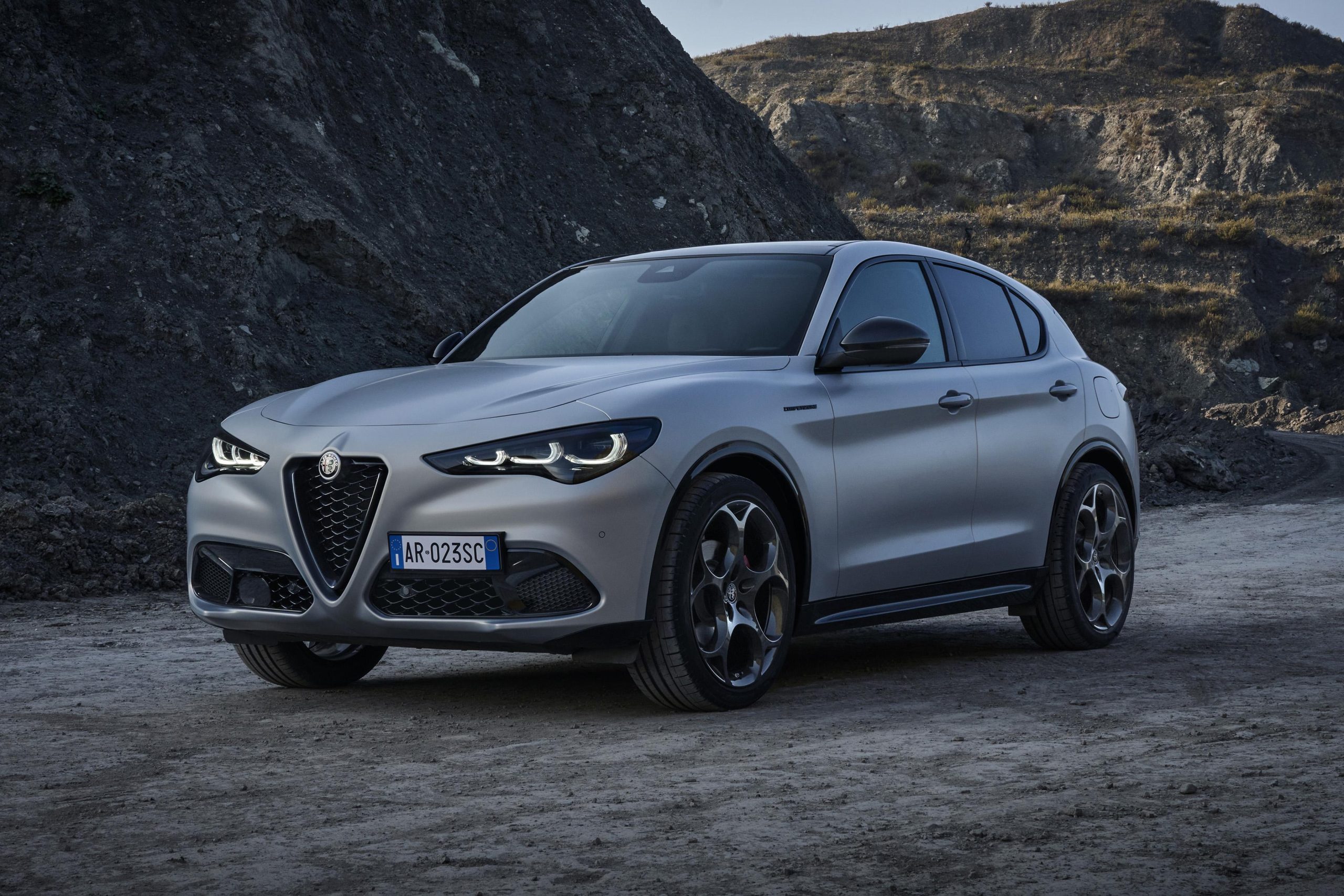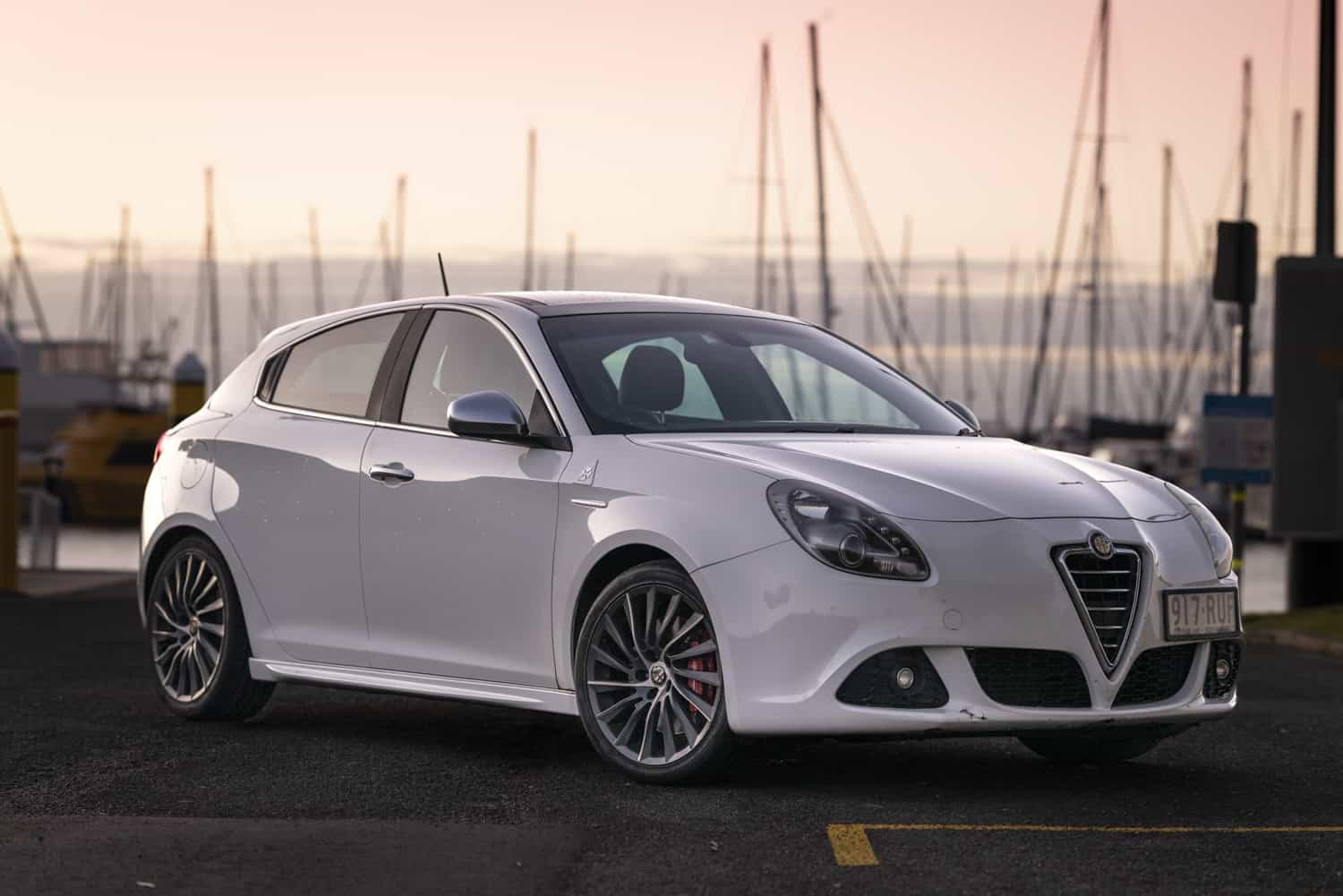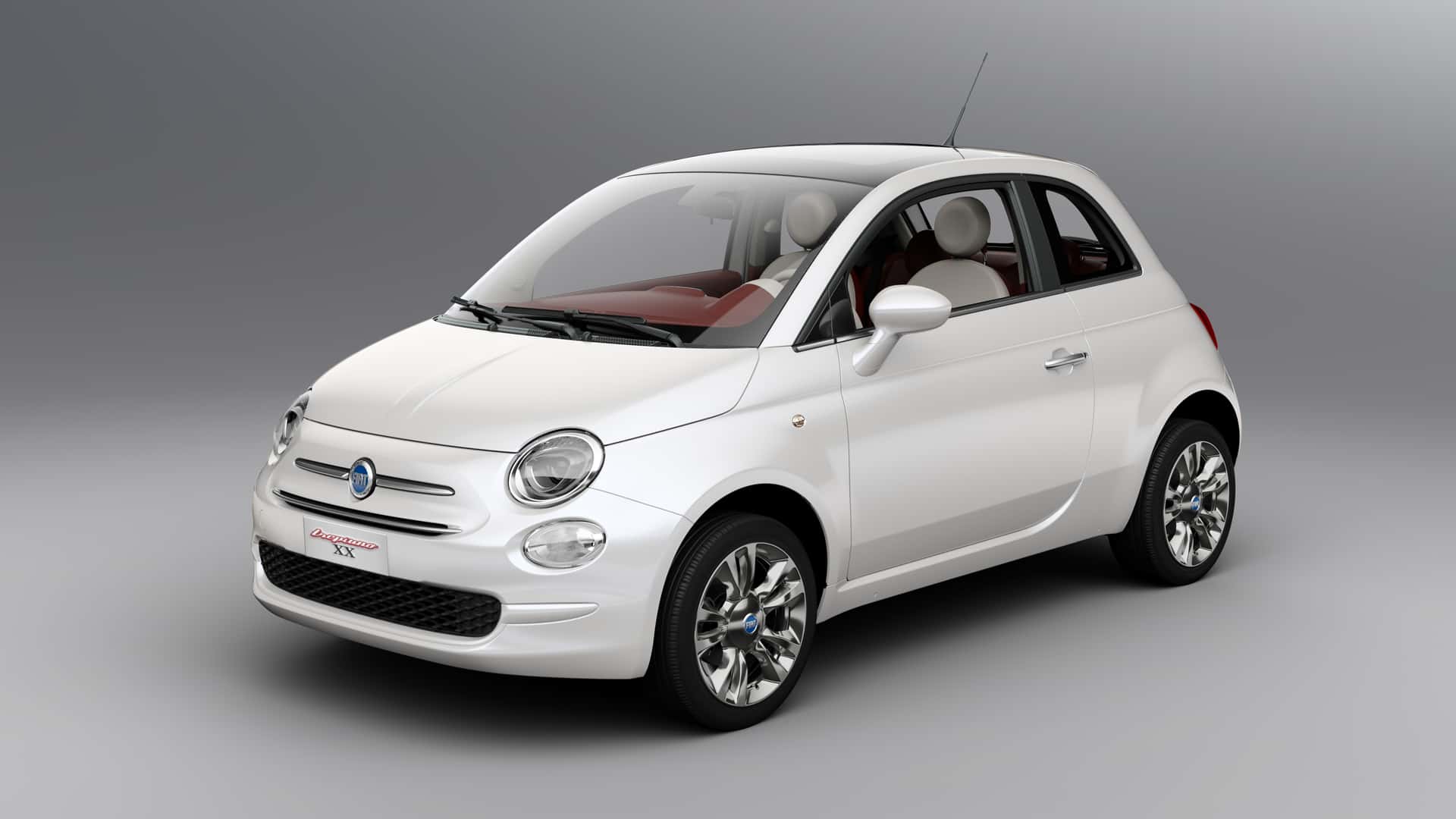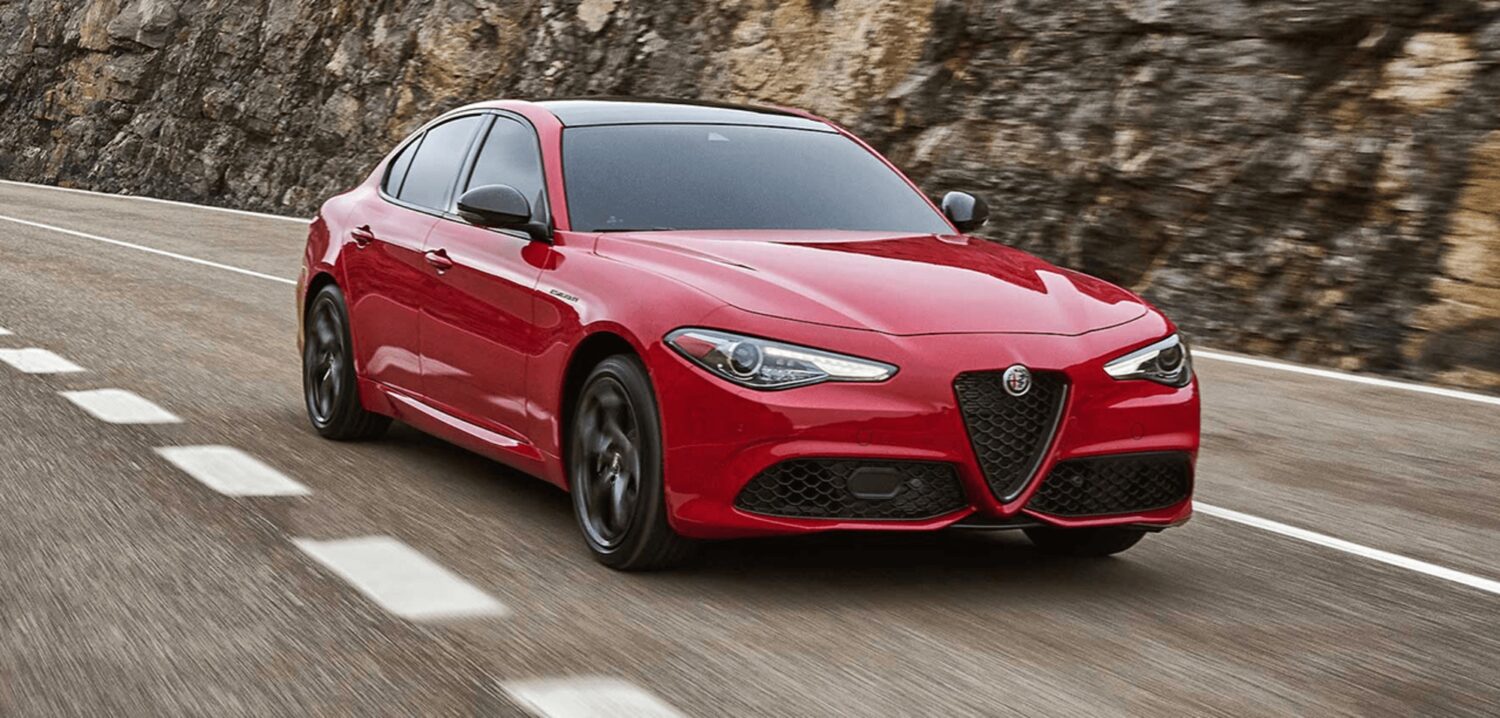The historical context: How the reputation was born
The reputation of Italian cars as being unreliable is not without basis, particularly if you look back to the 1970s and 1980s. During this period, Alfa Romeo and Fiat were producing cars that, while beautiful and enjoyable to drive, were plagued with quality issues. The Alfa Romeo Alfasud, for example, was a car that handled brilliantly but was notorious for rusting almost as soon as it left the factory. Similarly, Fiat’s models like the Fiat 124 and Fiat 128 were known for their stylish designs but often suffered from mechanical issues that frustrated owners.
These problems were exacerbated by inconsistent manufacturing quality and a lack of attention to detail. Electrical systems, in particular, were a common point of failure, and it wasn’t unusual for owners to experience frequent issues with wiring and components that simply didn’t hold up over time. As a result, many people in South Africa and around the world began to associate Italian cars with unreliability.
Have things improved? The modern era of Alfa Romeo and Fiat
Fast forward to today, and both Alfa Romeo and Fiat have made significant strides in improving their vehicles. However, the stigma of the past lingers, and many potential buyers are understandably cautious. Let’s take a closer look at how each brand fares in the modern era.
Alfa Romeo: A tale of passion and precision
Alfa Romeo remains one of the most iconic Italian brands, known for creating cars that deliver a driving experience full of emotion and flair. Models like the Alfa Romeo Giulia and Alfa Romeo Stelvio have been praised for their sharp handling, powerful engines, and eye-catching designs. These cars offer something that few other brands can match: a true connection between the driver and the machine.
But what about reliability? While Alfa Romeo has made improvements, it’s fair to say that the brand hasn’t completely shed its past. The **Giulia**, for instance, has received acclaim for its performance, but it hasn’t been without issues. Owners have reported problems with the car’s infotainment system, electronic glitches, and occasional mechanical failures. The Stelvio SUV, though generally reliable, has also faced some criticism for similar issues.
However, it’s important to note that not all Alfas are plagued with problems. Many owners have reported few to no issues with their vehicles, particularly if they’ve been diligent about maintenance. The key with Alfa Romeo is understanding that you may be trading some reliability for a more engaging and stylish driving experience. For South African buyers who are passionate about driving and don’t mind a bit of extra care, Alfa Romeo can be a rewarding choice.

Fiat: Affordable style with some caution
Fiat, on the other hand, has positioned itself as a maker of more affordable and practical vehicles. The Fiat 500 is perhaps the most well-known example, offering a blend of retro charm and modern efficiency. It’s a car that appeals to those who want something a bit different from the norm, without breaking the bank.
In terms of reliability, Fiat has seen a mixed bag of results. The Fiat 500, while popular, has been known to suffer from issues with its suspension, gearbox, and electrical systems. The Fiat Punto, another common model on South African roads, has also been reported to have problems, particularly with its steering system and overall build quality.
However, newer Fiat models, like the Fiat Tipo, have shown signs of improvement. These vehicles are more robust and better suited to the demands of daily driving. While they might not be as bulletproof as some of their Japanese or German rivals, Fiats have become a more viable option for those looking for a stylish and practical city car.

Common issues: What to look out for
When considering a used Alfa Romeo or Fiat, it’s essential to be aware of the common issues that these cars might present. Understanding these potential problems can help you make a more informed decision and avoid costly surprises down the road.
Electrical systems
One of the most persistent problems with Italian cars, particularly Alfa Romeo, has been their electrical systems. Issues with wiring, faulty sensors, and malfunctioning electronics are not uncommon. For example, in the Alfa Romeo Giulietta, owners have reported problems with the infotainment system, warning lights that appear without cause, and even complete electrical failures in some cases. These issues can be frustrating to diagnose and repair, often requiring specialised knowledge.
Engine and transmission
While Alfa Romeo is known for producing engines that deliver excellent performance, they are also known for being sensitive to neglect. The 2.0-litre turbo engine in the Alfa Romeo Giulia is a powerful unit, but it requires regular maintenance to keep it running smoothly. Failure to keep up with oil changes, for instance, can lead to significant problems. Similarly, Fiat’s smaller engines, like those in the Fiat 500, can suffer from issues if not properly maintained. Transmission problems, particularly with the automatic gearboxes in some Fiat models, have also been reported.
Build quality
Build quality has been another area of concern for Italian cars. While they are often beautifully designed, the materials used and the attention to detail can sometimes be lacking. This can lead to issues with interior components wearing out prematurely, trim pieces coming loose, and a general sense of the car not being as solid as its competitors. This is something to consider if you’re looking for a car that will stand up to the rigours of daily driving in South Africa.
Maintenance in South Africa: Challenges and considerations
Owning an Alfa Romeo or Fiat in South Africa comes with unique challenges. Parts availability, while improved, can still be an issue, particularly for less common models. This can lead to longer repair times and higher costs, as parts may need to be imported. Additionally, not all mechanics are familiar with the intricacies of these vehicles, so finding a specialist who understands Italian cars is essential.
Regular maintenance is key to keeping these cars running smoothly. Ensuring that the car’s service history is up to date and that all necessary repairs have been made will go a long way in preventing future issues. If you’re considering a used Alfa Romeo or Fiat, it’s worth investing in a thorough inspection by a qualified mechanic to identify any potential problems before you buy.

Resale value: A mixed bag
When it comes to resale value, Italian cars generally don’t hold their value as well as some of their competitors. This is partly due to their reputation and partly due to the niche market they occupy. For example, while a Volkswagen Golf might retain its value well, an Alfa Romeo Giulietta is likely to depreciate more quickly.
That said, if you’re buying a used Italian car, this depreciation can work in your favour. You may be able to find a well-maintained Alfa or Fiat at a lower price than a comparable German or Japanese car, giving you more bang for your buck—provided you’re willing to take on the potential risks.
Conclusion: Is the reputation deserved?
So, are Italian cars really as unreliable as their reputation suggests? The answer is nuanced. While Alfa Romeo and Fiat have certainly had their fair share of problems, they have also made significant improvements in recent years. Modern models are more reliable and better built than their predecessors, but they still require careful maintenance and attention.
For South African buyers, the decision to purchase an Italian car comes down to your priorities. If you’re looking for a car that offers style, driving pleasure, and a unique ownership experience, Alfa Romeo and Fiat have a lot to offer. However, if reliability and low maintenance costs are your top concerns, you may be better off looking elsewhere. Read more used car buying advice to make better-informed decisions.


